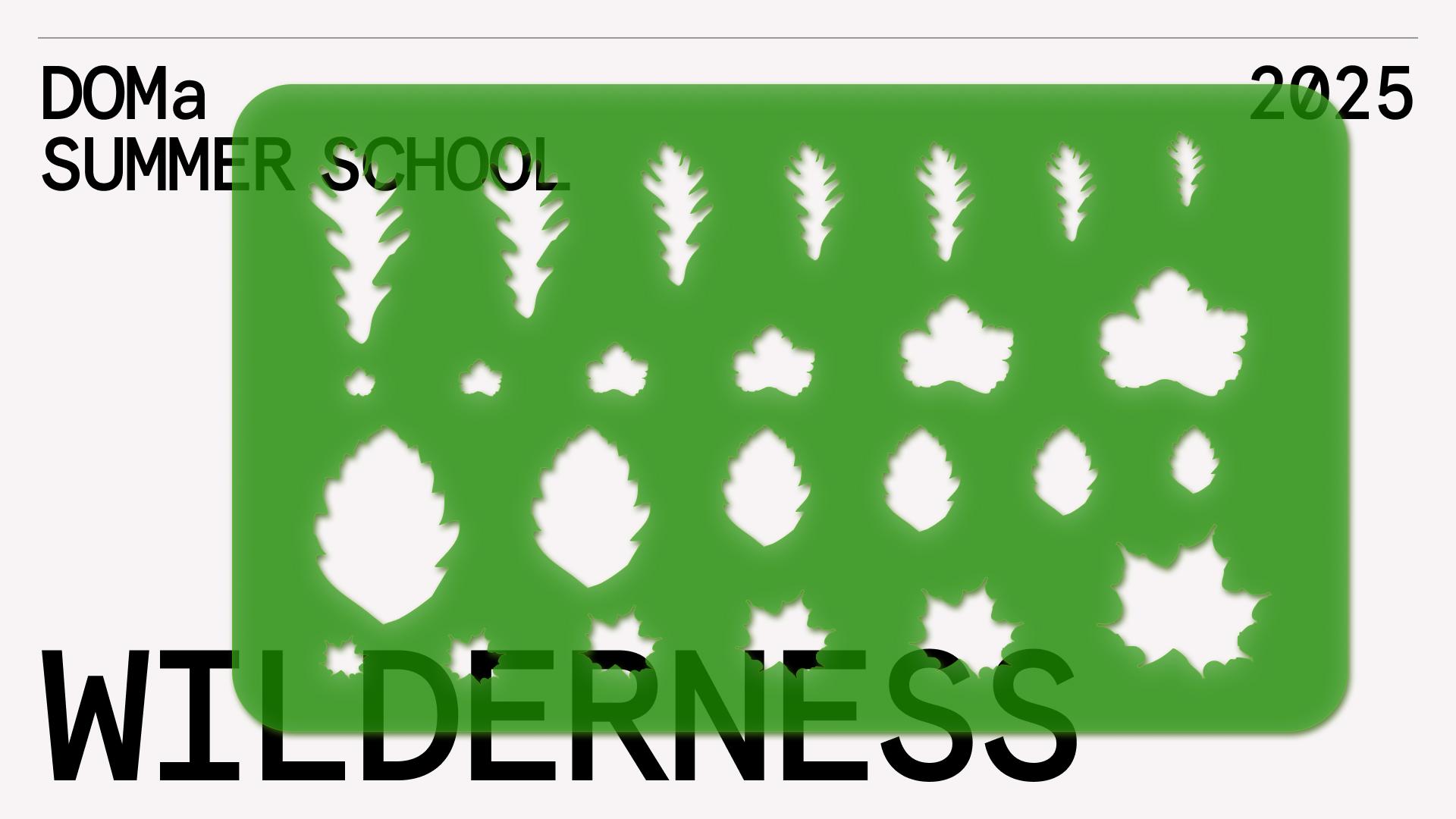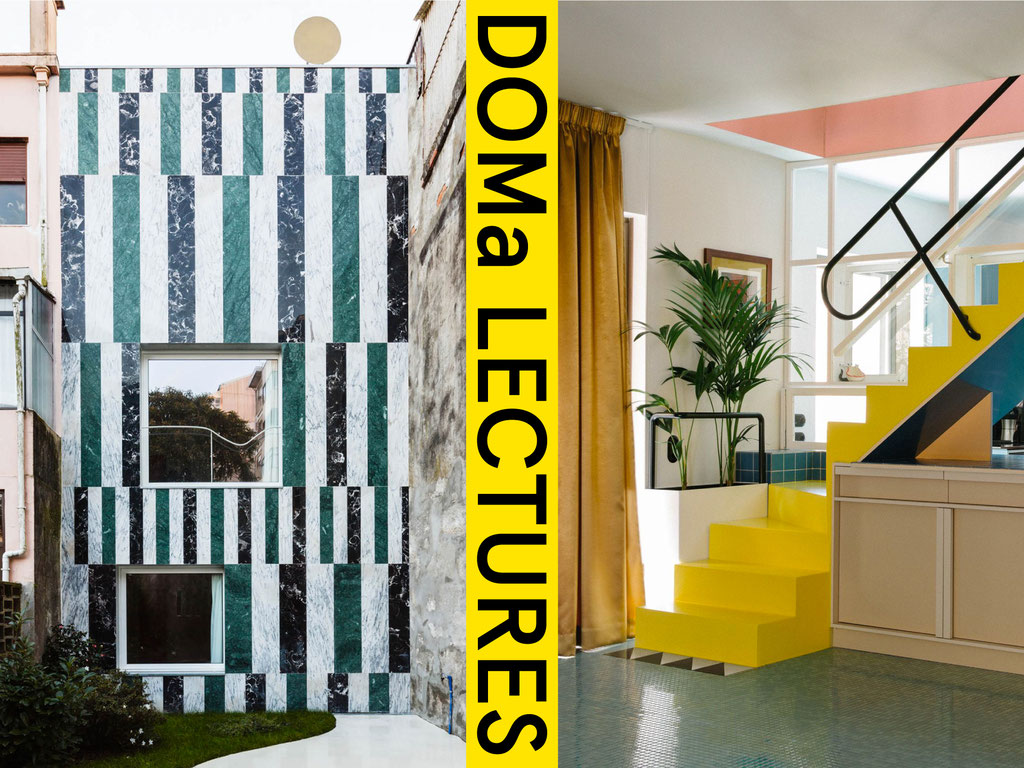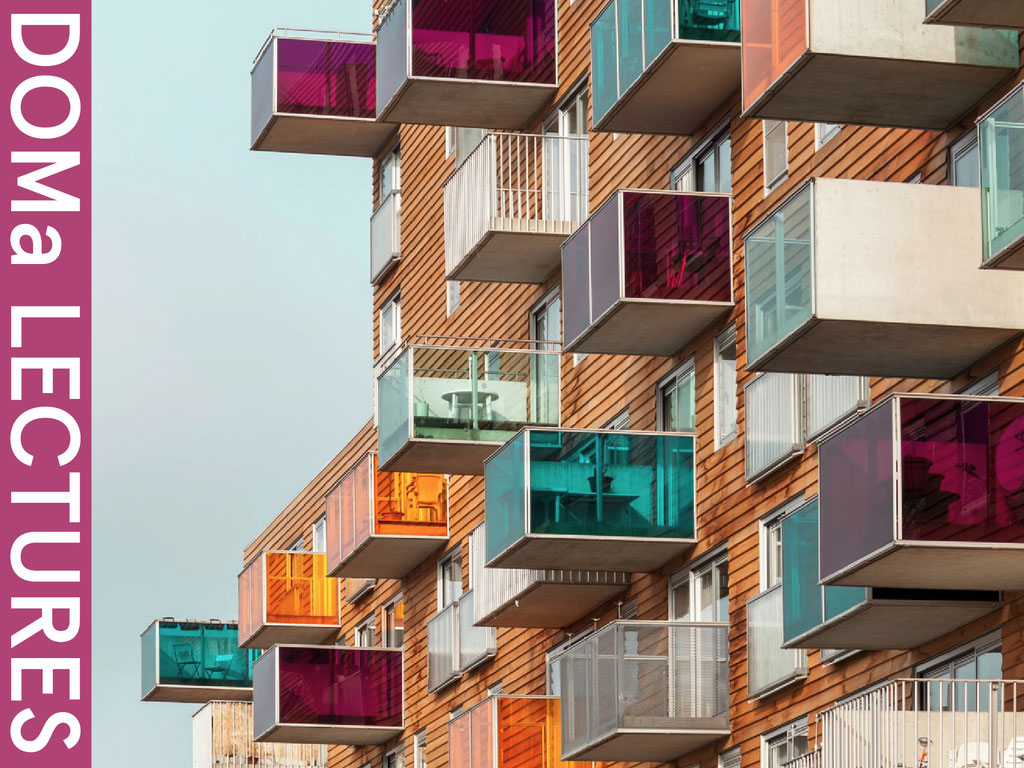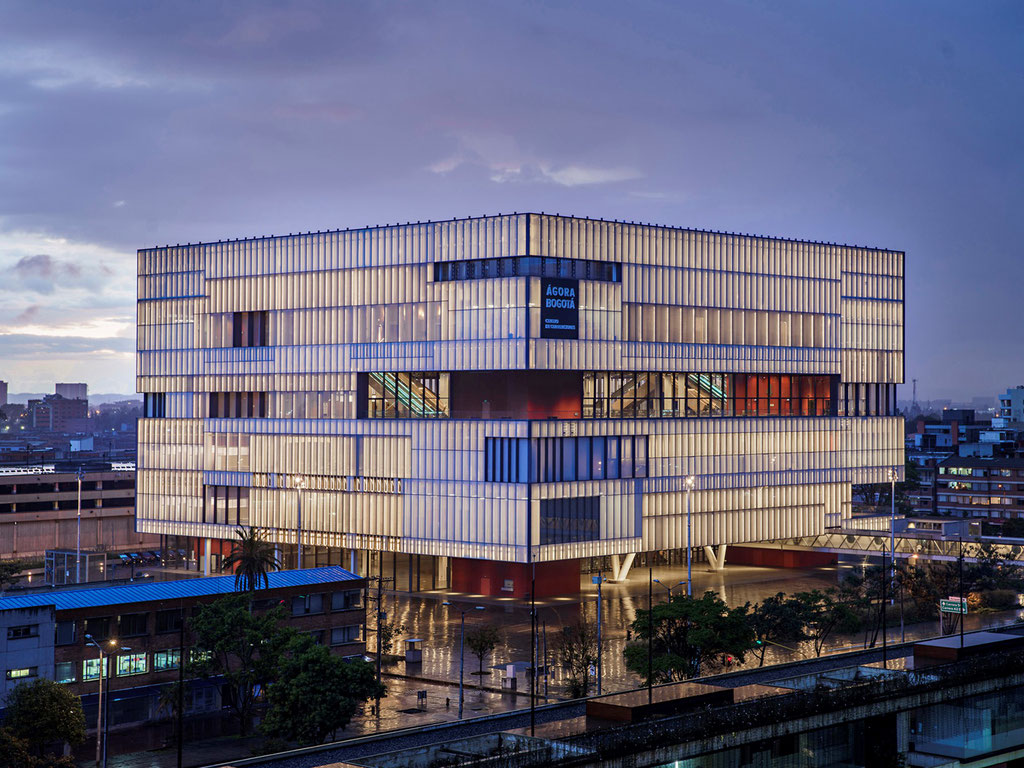
Wilderness
Venue
Opening hours
Overview
What does “wilderness” ultimately mean? Is the countryside the opposite of the city? Under what terms does architectural idiom venture into rural areas, and how does it achieve—if it indeed does—the balance between the artificial and the natural? Can we still claim a maternal and ancestral relationship with nature in the age of climate crisis?
A few months before its return to Xenia Andritsaina, the DOMa Summer School—the international architectural workshop that invites significant figures and professionals from the field to spark discussions, processes, and collaborations on contemporary architectural concerns—initiated its preparatory phase for this year's thematic cycle through its opening presentation, held on the ground floor of Romantso on Friday, February 21.
Welcoming us to the event, curators Haris Biskos and Thanasis Manis succinctly but effectively outlined the parameters through which the ephemeral working group of invited speakers would approach the discussion's theme—namely, the relationship between architecture and the countryside—starting with the seemingly impenetrable concept of “wilderness.”
Alexandra Vougia from the Aristotle University of Thessaloniki was the first to take the floor, offering a foundation for understanding from which this relay of positions and reflections could begin. She attempted a literal translation of the term “wilderness” and explored the semantic nuances it holds. Along the way, she addressed certain stereotypical perceptions surrounding the concept of the countryside and the so-called “safe distance” it seems to maintain from the city, emphasizing how the urban element systematically extends beyond city limits, spreading into the territories of the broader landscape. Beyond the fact that these territories are constantly absorbed by urbanization forces through various human interventions, Vougia highlighted a fundamental misconception in our discussion of the city-nature dichotomy: the countryside as the antithesis of the urban, as a pre-modern, pre-capitalist, and idealized model of life, is now an inaccessible concept and ultimately an unachievable state, as the urban element has already extended conceptually into the instrumental perceptions we maintain about the rural.
Maria Grigoriadou from Democritus University of Thrace followed, focusing on a specific case study—the landscape restoration and redesign of the wider area of the Amyntaio mine—to shed light on how we can approach regions in need of healing from human impact. In her presentation, the countryside was depicted as a spatial entity bearing the residual traces of human productive activity, in this case, the alteration of the land through lignite mining. Through the project, the countryside reclaims its essence by fostering a new ecosystem, while human presence—specifically architecture—remains in a discreet supervisory role, orchestrating the relocation of flora and fauna to this renewed terrain.
Next was Konstantinos Kizis from the National Technical University of Athens, who explored how the architectural gaze acts upon the countryside through the case of local museums found in the Greek provinces. Drawing from examples such as the Open-Air Water-Powered Museum in Dimitsana—whose construction he recalls from childhood memories—the Forest History Museum of Mount Mainalo, and the Mastic Museum on Chios, Kizis revealed the fluid interdetermination at the core of the architecture-nature dichotomy: as the “wildness” of the natural landscape recedes in favor of the strategic insertion of built structures under the pretext of cultural heritage, so too does nature, insofar as it is not entirely objectified and alienated as “the Other,” infiltrate the architectural domain—sometimes subtly and sometimes more systematically. Through his guided tour of the artificial park under construction in Nicosia, a project in which he is involved as an architect, Kizis captured a genuine moment of negotiation between the natural and the artificial: an imagined nature (the park) is implanted within the city's material substrate, staking its claim to a new voice and generating a dynamic tension between the two elements. This reignited the discussion on whether architecture can reconcile them without forcing either into retreat.
If one of the defining opportunities presented by the countryside is the “promise” of an alternative vision for contemporary living, as Thanasis Manis noted in his introduction, then Katerina Kotzia from the University of Ioannina offered the perfect deep dive into this notion. Through the question, “Who will ultimately live in villages, and why?” Kotzia examined the rising trend of rural inhabitation through the movement of relocation observed in recent years—an influx driven primarily by digital/nomadic workers and a post-urban lifestyle. As with every presentation at the event, no unilateral movement occurred in the city-nature binary—only a constant ambivalence and exchange of meanings. Moving to the countryside may seem like reclaiming lost ground in our relationship with the body (if nature acts as a conduit for this connection), yet this occurs precisely at a time when the notion of physicality is increasingly undermined by digitalization and the ephemeral fragmentation of modern existence. Critically addressing this growing tendency of urban dwellers seeking refuge in nature, Kotzia revealed the vision of autonomy in nature as a peculiar form of self-exile—one that embraces confusion rather than the sought-after fulfillment promised by the narrative of “returning to nature.”
Following this, Aspasia Kouzoupi from the University of Thessaly once again turned the gathering’s focus to the conceptual enigma of “wilderness” and its multifaceted appearances. Analyzing the historical division between nature and culture, Kouzoupi initially defined “wilderness” as “untamed countryside” or simply “wild nature.” She pointed to Aristotle’s perspective as the first evidence of a once-harmonious coexistence between city and nature, where “the city belongs to the natural” and was not originally conceived as an opposition to nature but rather as a potential identification with it. Through additional theoretical references extending into late modernity, she traced a gradually unfolding dichotomy across the centuries, leading us to the present dystopia of absolute separation between society and nature. In this dynamic, architecture appears to stand on the side of culture, absorbing and reinforcing the perception of nature as a mythical and ambiguous “other.”
A defining moment occurs when literature—or any art outside the rigid domain of architecture—provides the spark for a new line of thought. Thus, Agapi Proimou from the University of Patras, referencing Michel Houellebecq’s novel The Map and the Territory—from which she read a characteristic excerpt as a connective thread for her case study—focused on the tourist-driven development of settlements in northern Crete. Here, a different phenomenon was highlighted—not the disappearance of nature, but rather a disconnection from it, despite its persistent visual presence for the resident, visitor, or general user of the landscape. The expansion of settlements and the roadside urban sprawl—an axis simultaneously functioning as a strip of intensive entertainment and consumption—has led to the severance of the hinterland from the sea, with the countryside awkwardly lingering on the roadside as spatial noise.
Dimitris Tsakalakis from the Technical University of Crete closed the discussions by contemplating whether our engagement as architects with the countryside is exhausted in our ability to design it. Or should we imagine a more “invisible” presence of architecture—one that interacts with the landscape not by segmenting or dissecting it, but by inspiring it with a dynamic that listens first and foremost to the interplay between nature and space?
Ultimately, the closing thoughts echoed the opening ones, returning us to a central realization: to define the countryside, we must first define the city. No movement in this discourse can be one-directional. However, if we are to define nature (if nature can ever truly be defined), we must set aside its mythical projections as an untouched Arcadia where humans will live again as gods. For now, perhaps the elusive “wilderness” of the discussion is an internal landscape—one we must retreat to in order to reimagine words like “city,” “nature,” “architecture,” and “countryside” in a clearing untouched by ideological projections and free from binary oppositions that only deepen misunderstanding and tension.



